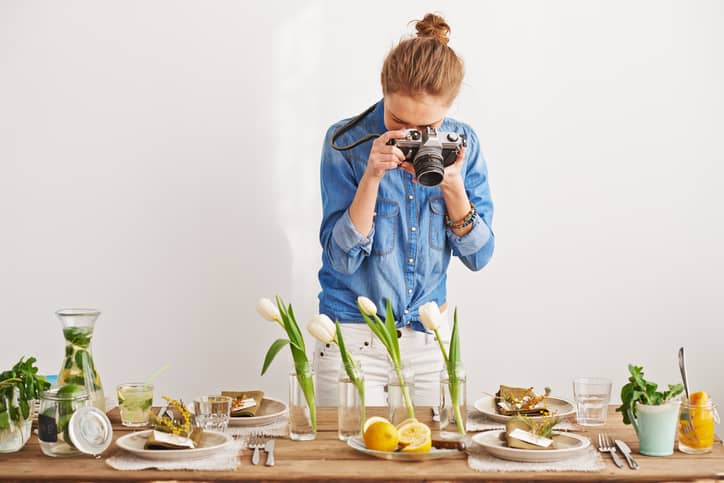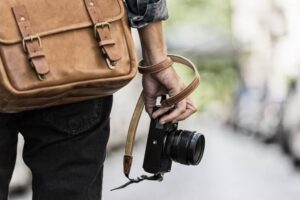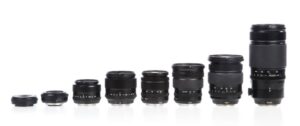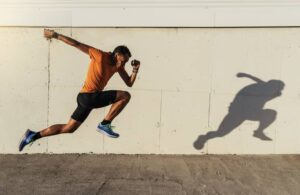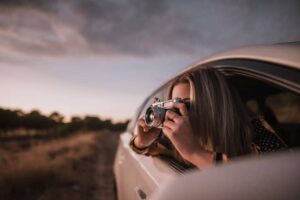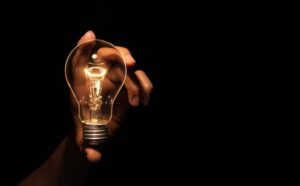One of the best ways to grow your photography skills is to shoot something new and completely out of your comfort zone.
If you do this, there will be a learning curve and it might get a little messy.
However, as you push through, you’ll not only come away a better photographer, you’ll also have a wider variety of stock images to sell.
That’s exactly what Snap & Sell Photo Club Member, Kim Nelson experienced when she first ventured into tabletop photography.
This subject is so handy right now, when it’s hard to get out and shoot in town. So, over the next three weeks, Kim will share loads of tips and insights for getting your tabletop shots to come out just right.
Starting with today, where you’ll see here setup and a few recent shots.
Simple Tabletop Photography
By Kim Nelson, Stock Photographer
My first attempt at a tabletop photography shoot for stock was a total disaster… and something that motivated me to dig in and learn more.
My idea was good. I wanted to set up a shoot with a green smoothie. It was on trend and commercially sellable. What I didn’t realize was that I had chosen a difficult subject for my first foray into a photo genre I had no experience with.
As a wildlife and nature photographer, I quickly realized that tabletop photography was a whole different ball game.
I wanted to show the ingredients that went into the smoothie, but the spinach, berries, and sliced apples quickly wilted in the summer heat. My smoothie glass was also showing crazy reflections, including my camera, the red walls of my dining room, and the green tree outside.
I spent a lot of time trying to get the light and white balance right, but only managed to create a completely flat, boring image. (Food images are more appealing with some texture and clean light.)
My next attempts were more successful, and when I changed to simpler subjects it made for better learning.
I chose items I had around the house like whole fruit, fitness-related objects, holiday candy, etc.
Here’s a “behind the scenes” look at one of these shoots:

I wanted a dark and moody image of blueberries, so I chose a dark wood surface and used a black foam core board to remove light from the right side of the image (instead of a white board to bounce light back towards the berries, adding light).

It was a bright sunny day outside, so I used a fabric shower curtain liner clamped to the window blind’s header. A smaller collapsible white diffusion panel is adding the second layer. It is angled to get the light just where I want it on the bowls of berries.
The light coming in from the left side adds texture and dimension to the food.
Flat lays (shooting from the top down) are popular in food photography right now so I have my camera mounted on a C-stand directly overhead.
Here is another example of a simple, yet timely, tabletop shoot:

With Covid going on around the world, fitness and face coverings are both current topics that need stock images for all kinds of purposes. Once you set up a scene you can change it up to get multiple images to submit to stock.
In the two dumbbell images above, note how I used the face mask in the left image to hide the brand name on the top dumbbell. In the image on the right, I will remove the brand name with Lightroom before submitting to my stock photo agencies.
Here was my setup for this scene:

I have gym floor tiles and dumbbells as part of my home fitness area in my basement. Fitness equipment makes for great stock photography props (especially if it is something you already have at home). I have been sewing fabric masks during the pandemic, so I had the makings of a good tabletop setup for stock.
In this case, since my scene was so dark, I used a white foam core board to bounce additional light onto the right side and the front of my scene. I used diffusion material over the window to create softer natural light.
As you can see, tabletop photography starts with having a good idea, a simple subject, and the right surface. Then, it’s just a matter of crafting the light for your scene.
Next week, I’ll share my top tips for working with natural light and tabletop photography, so stay tuned!

